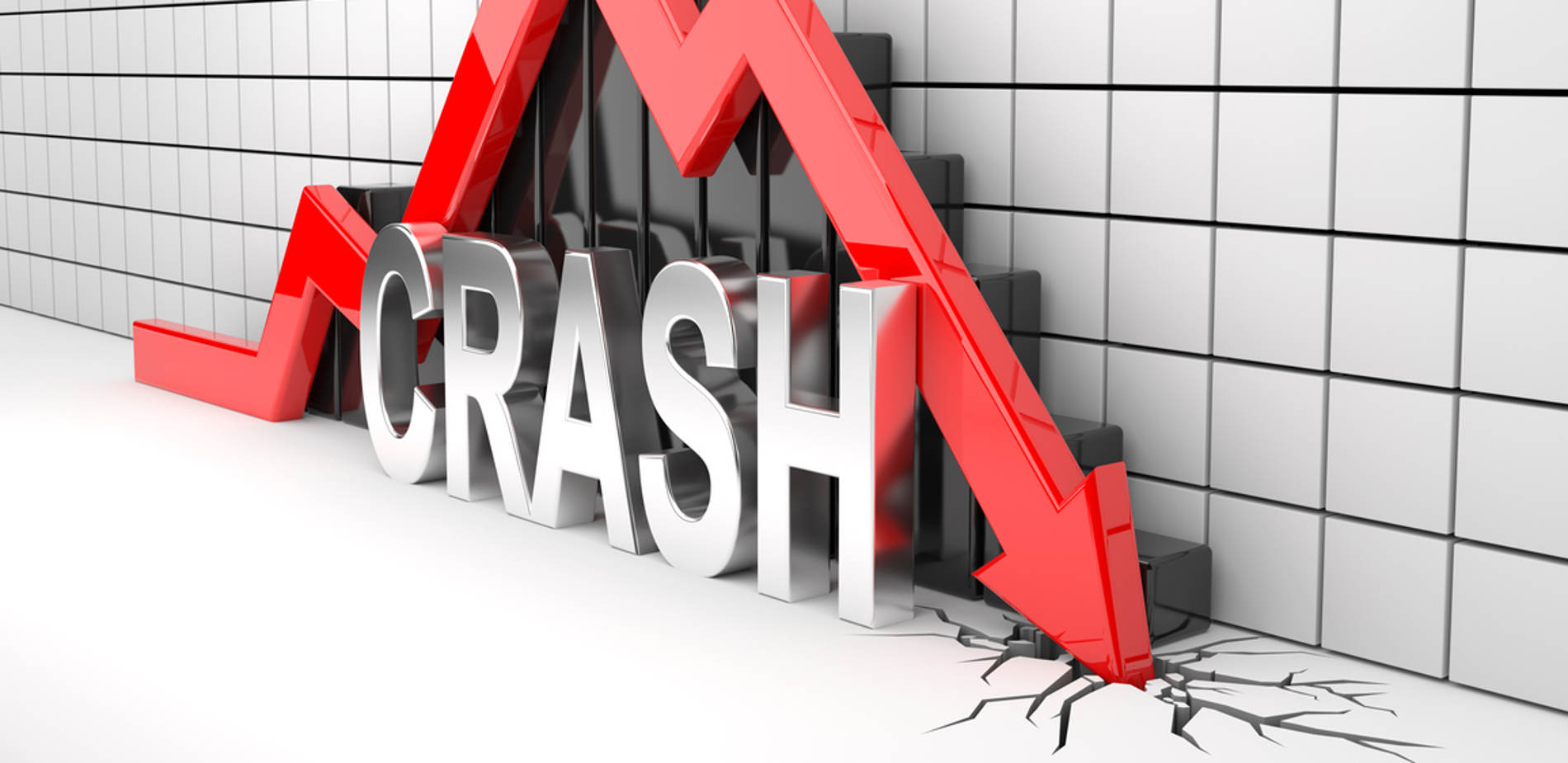Never mind the hashtags, the stock market stays far from the “crash” area, as anyone with a working memory of last March’s pandemic-inspired selloff, much less the international financial crisis of 2008, the dot-com bubble burst in 2000 or October 1987 would remember.
However, a rotation far from the marketplace’s pandemic-era leaders, motivated by an abrupt jump in bond yields, certainly does seem underway, and volatility can be upsetting to some investors.
That might assist describe why the term #stockmarketcrash was trending on Twitter Thursday, even though the Dow Jones Industrial Average DJIA, -1.11% and the S&P 500 SPX, -1.34% stay far from even entering what’s known as a market correction, specified as a pullback of 10% from a current peak, let alone a crash.
The question financiers need to ask prior to tripping the alarm bells, however, is whether the rate action is unexpected or out of the common, Brad McMillan, primary investment officer at Commonwealth Financial Network, told MarketWatch in a phone interview.
And the answer is no, given that a backup in bond yields, which appears to largely reflect increasingly upbeat financial expectations, looks to be the main perpetrator, McMillan said.
While the tech-heavy Nasdaq Composite COMPENSATION, -2.11% on Thursday got in correction area, have signed up a 10% drop from its recent high point, the Dow Jones Industrial Average DJIA, -1.11% is still simply 3.4% below an all-time high set last month. The S&P 500, the large-cap U.S. benchmark, was off less than 5% down from its current record.
Thursday’s market weak point echoed the wobble seen last week. Both bouts of selling were stimulated by a selloff in the Treasury bond market, which rose yields. The yield on the 10-year Treasury note TMUBMUSD10Y, 1.577%, which last week surged to a more-than-one-year high at 1.6%, pushed back above 1.5% on Thursday. Remarks by Federal Reserve Chairman Jerome Powell seemed not to soothe concerns that a potential pickup in inflation might see the main bank begin to scale back financial stimulus earlier than anticipated, notwithstanding a promise to let the economy run hot.
To keep the day’s relocations in point of view, the Nasdaq ended up with a loss of 2.1%. The Dow was down more than 700 points at its session low, ending the day with a loss of 345.95 points, or 1%. The S&P 500 shed 1.2%. Those are sharp daily drops, but they are not remarkable.
And it’s not uncommon for stocks to begin drawing back as yields start to rise, McMillan noted. It’s likewise not surprising that highflying development stocks, which have seen appraisals extended in the post-pandemic rally, bear the impact of the selling pressure.
Investors appear to be taking earnings on those highfliers and using the profits to purchase stocks of business in sectors more sensitive to the financial cycle.
While rising yields can be a favorable check in the early stages of a booming market, signaling stronger financial growth ahead, the market rotation can be unnerving for financiers, stated Lindsey Bell, chief investment strategist for Ally Invest, in a note.
“And higher yields tend to hit highfliers harder. That’s why we have seen stocks like Tesla TSLA, -4.86% and Peloton PTON, -3.08% fall more than 30% this year,” she said.
Indeed, the outsize weighting of tech- and tech-related shares in major indexes can leave them vulnerable to a weak point as that procedure takes hold.
The rate action of mega technology and discretionary stocks– Apple Inc. AAPL, -1.58%, Microsoft Corp. MSFT, -0.36%, Amazon.com Inc. AMZN, -0.91%, Facebook Inc. FB, +0.87%, Google moms and dad Alphabet Inc. GOOG, +1.10% GOOGL, +1.12%, Tesla Inc. and Nvidia Corp. NVDA, -3.39% — now makes up 24% of the S&P 500, kept in mind technical expert Mark Arbeter, president of Arbeter Investments.
“The weak point in large-cap tech has been weighing on the broad market averages, triggering concerns of a market top and completion of the cycle. From our viewpoint, breadth remains strong, a particular that is normally not present at market tops,” stated Kevin Dempter, an expert at Renaissance Macro Research, in a Thursday note.
Small-cap discretionary stocks are at absolute highs, along with multiyear highs relative to large-cap discretionary stocks, he said, which suggests broad-based involvement. Patterns are also strong for sectors, like energy and banks, that tend to be winners in higher-yield environments, while more financially delicate groups like transportations and services are also benefiting.
“Rather than a market top, we think this is rotational in nature with restricted downside, and going forward we wish to be overweight high yield winners like banks and energy as there is likely even more outperformance in these groups to come,” Dempter wrote.
So what about that crash? After the current bond-inspired missteps, the Dow and S&P 500 remain far from the correction area, much less a bear market, which is defined as a 20% drop from a current peak.
Not all bear markets are the product of a crash. And crash, itself, is a more nebulous term, suggesting an unexpected and sharp fall. Some analysts define a crash as a one-day drop of 5% or more. Others see a typical crash as a sudden, sharp drop that takes the market into a bearishness and beyond in a matter of a few sessions.
That was the case last year as it emerged the COVID-19 pandemic would bring the U.S. and worldwide economy to a near halt. The S&P 500 plunged from a record close on Feb. 19, dropping around 34% before bottoming on March 23.
Because of those March lows, the S&P 500 remains up nearly 72%, while the Dow has rallied nearly 70%. And even with its recent pullback, the Nasdaq remains up more than 90% over that stretch.









